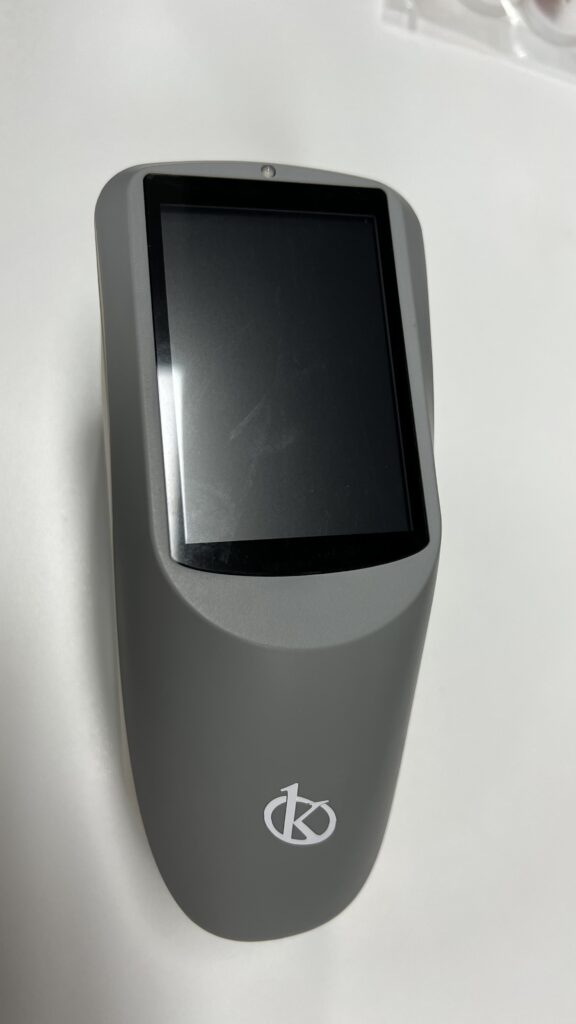The spectrophotometer, built using advanced manufacturing processes, is one of the main diagnostic and research instruments developed by humans. It is used in the laboratory in order to determine the concentration of a substance in a solution, thus allowing quantitative analysis.
How do these devices work?
As we know, it uses the properties of light and its interaction with other substances, to determine their nature. In general, the light of a lamp of special characteristics is guided through a device that selects and separates light of a certain wavelength and passes it through a sample. The intensity of the light that leaves the sample is captured and compared with the intensity of the light that affected the sample and from this the transmittance of the sample is calculated, which depends on factors such as the concentration of the substance.
As a basic principle, light is considered to be a form of electromagnetic energy, which in a vacuum has a constant [C] and universal velocity of approximately 3 x 108 m.s-1. In any other (transparent) medium through which the light passes, its speed will be slightly lower and can be calculated using the equation v0 = C.n-1. Electromagnetic energy has a very wide range of wavelengths. And when passing or interacting with various media, it presents a series of phenomena, among which are reflection, refraction, diffraction, absorption, diffusion, polarization and others that are used in various instruments and devices.
What should you consider for its proper functioning?
In general, for a spectrophotometer to function properly, it always requires a power supply according to the standards and standards implemented in the country, a dust-free environment and a stable work table away from equipment that generates vibrations such as centrifuges. or stirrers. But its conservation depends largely on the way of installation and use. The environment that surrounds them and the quality of electricity services are factors of primary importance, so that the equipment can provide the services in accordance with the specifications for which they were manufactured.
The maintenance routines that they may require, vary in complexity, range from the careful cleaning of their components to specialized procedures, which only technicians or engineers who have received the corresponding training and have the technical information developed by the manufacturers and that fit the different models and designs available.
How to perform your electrical installation?
It should be reviewed and tested to ensure the following:
- There is an electrical outlet or receptacle with a ground pole.
• The receptacle is in good condition and is not more than 5 m away from the spectrophotometer.
• The voltage is of adequate level and should not vary more than 5% of the voltage specified on the equipment board.
• The polarity of the receptacle is correct.
• These tests must be performed by an electrician or an engineer and their results should be recorded in formats that allow them to track their status over time.
What to do when a spill occurs?
If a spill occurs in the sample system, the spill should be cleaned by the following procedure:
- Turn off the spectrophotometer and disconnect the power cable.
- Use a syringe to clean the sample holder.
- Absorb as much liquid as can be extracted.
- Dry the sample holder with a medicinal cotton swab.
- Use special paper for lens cleaning or a piece of clean, soft, spun-free cloth to clean the photocell window.
- Clean the outside of the instrument with a piece of cloth moistened with distilled water. Include the screen, controls and keyboard.
Thinking of you in Kalstein we offer high quality and high performance spectrophotometers, which will be of great help in your laboratory, thanks to its versatility and technology. That’s why we invite you to take a look at our spectrophotometers available at HERE

